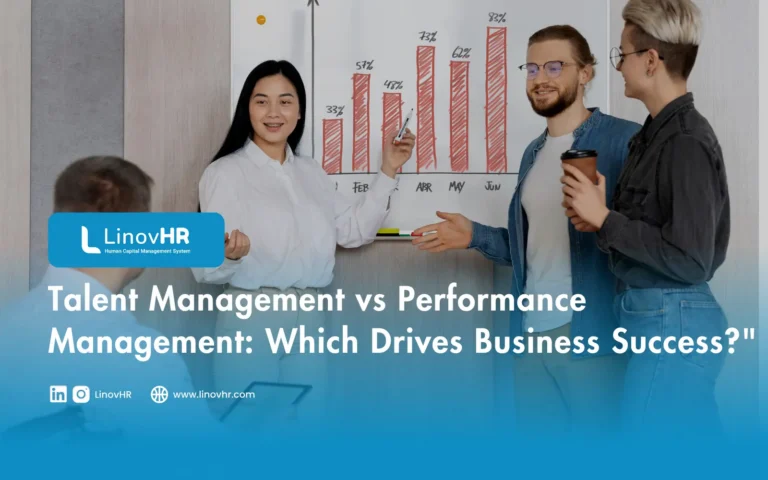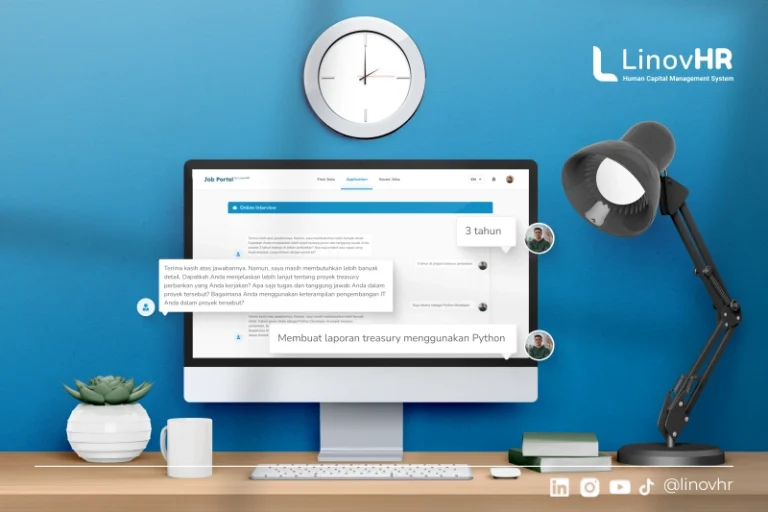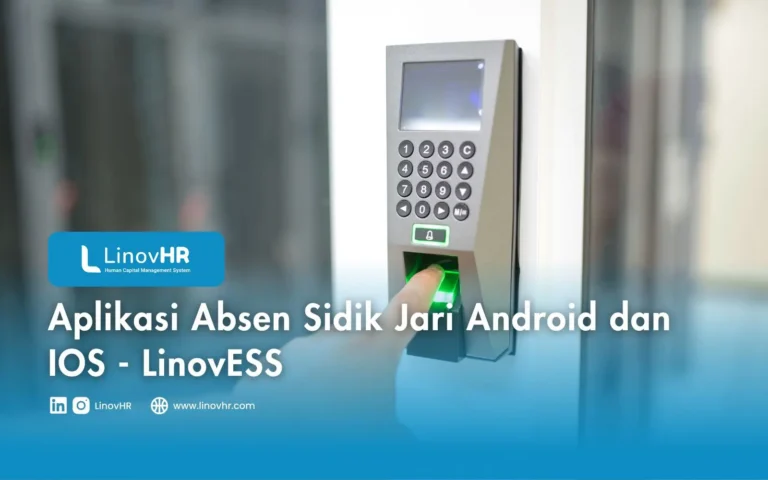As companies strive to stay competitive, HR professionals face an ongoing challenge for balancing long-term talent growth with short-term performance outcomes.
This is where the discussion of talent management vs performance management becomes crucial. Although the two concepts are often used interchangeably, they serve different yet complementary purposes in driving workforce excellence and business success.
This article explores the definitions, key differences, and the ways in which talent management and performance management work together to enhance employee development, engagement, and company growth.
What Is Talent Management?
Talent management refers to a strategic approach for attracting, developing, and retaining top talent to meet a company’s current and future business goals.
It involves identifying high-potential employees, nurturing their capabilities, and aligning their career growth with the company’s objectives.
The process goes beyond recruitment including succession planning, leadership development, competency management, and continuous learning initiatives.
By focusing on long-term employee growth, HR leaders can ensure that the company is equipped with skilled, motivated, and future-ready talent.
An effective talent management system allows companies to forecast future workforce needs, close skill gaps, and foster a culture of continuous improvement.
The ultimate goal is to create a sustainable pipeline of talent that drives innovation, adaptability, and long-term company success.
Also read: Talent Management System: Definition, Benefits, and Implementation
What Is Performance Management?
Performance management is focused on evaluating, monitoring, and improving individual and team performance within a specific timeframe. It ensures that employees are meeting their goals and contributing effectively to the company’s overall objectives.
This process typically includes setting performance expectations, providing ongoing feedback, conducting performance reviews, and developing performance improvement plans.
Unlike talent management, which emphasizes long-term potential, performance management centers on current productivity and goal achievement. Modern performance management systems promote transparency and communication by replacing annual reviews with continuous feedback loops.
By combining data-driven insights with manager-employee collaboration, companies can enhance accountability, motivation, and alignment with business outcomes.
Key Differences Between Talent Management vs Performance Management
Below are the key distinctions between talent management vs performance management that shape how each impacts business success.
1. Focus and Core Purpose
Talent management centers on identifying, developing, and retaining top performers to meet long-term company goals.
On the other hand, performance management focuses on assessing and improving employee performance to achieve short-term targets.
2. Time Orientation and Approach
Talent management is a continuous, future-oriented process that nurtures employee potential and career growth.
Performance management often follows periodic evaluations to measure current outcomes and productivity levels.
3. Key Activities and Involvement
Talent management involves strategic processes such as recruitment, competency mapping, succession planning, and learning development.
Meanwhile, performance management focuses on setting measurable goals, tracking progress, and conducting performance reviews.
4. Metrics and Results
The success of talent management is evaluated through retention rates, internal promotions, and leadership readiness.
Performance management outcomes are typically measured by productivity, goal completion, and individual contribution to business results.
How Talent Management and Performance Management Work Together
Although distinct in function, both systems are most effective when aligned. When integrated, talent management and performance management create a continuous cycle of improvement that drives employee engagement and business growth.
1. Aligning Development with Measurable Goals
Performance data helps HR identify skill gaps and growth areas, which can then be addressed through targeted talent development programs. This alignment ensures that employee growth directly supports company objectives.
Also read: 12 Talent Management Software to Boost Workforce Growth
2. Driving Continuous Improvement
Talent management ensures employees have opportunities to advance, while performance management provides structured feedback to monitor progress. Together, they form a seamless process that promotes ongoing performance enhancement.
3. Strengthening Engagement and Retention
When employees see that their performance efforts lead to real career advancement, motivation naturally increases. This integration helps build a culture of recognition, accountability, and long-term commitment.
4. Building a Strong Leadership Pipeline
Performance evaluations help identify high-potential employees, and talent management frameworks provide the tools to prepare them for leadership roles. This collaboration secures leadership continuity and strengthens the company’s long-term growth strategy.
Integrating these two systems is no longer optional, it’s a necessity for organizations aiming to create a data-driven and people-centric HR strategy.
Encourage Adopting an Integrated HR Solution with LinovHR
Managing talent and monitoring performance separately can lead to fragmented HR processes and data inconsistencies.
With LinovHR’s HRIS, HR professionals can recruit, develop, and evaluate employees through a centralized system. Improving data accuracy, operational efficiency, and strategic decision-making.
Companies can seamlessly combine talent management and performance management within one unified platform. With real-time insights and automated workflows, organizations can better align employee performance with long-term talent development goals.
Ready to align your talent and performance strategies?
Request a free demo of LinovHR today and discover how integrated HR technology can empower your workforce and accelerate business growth.







